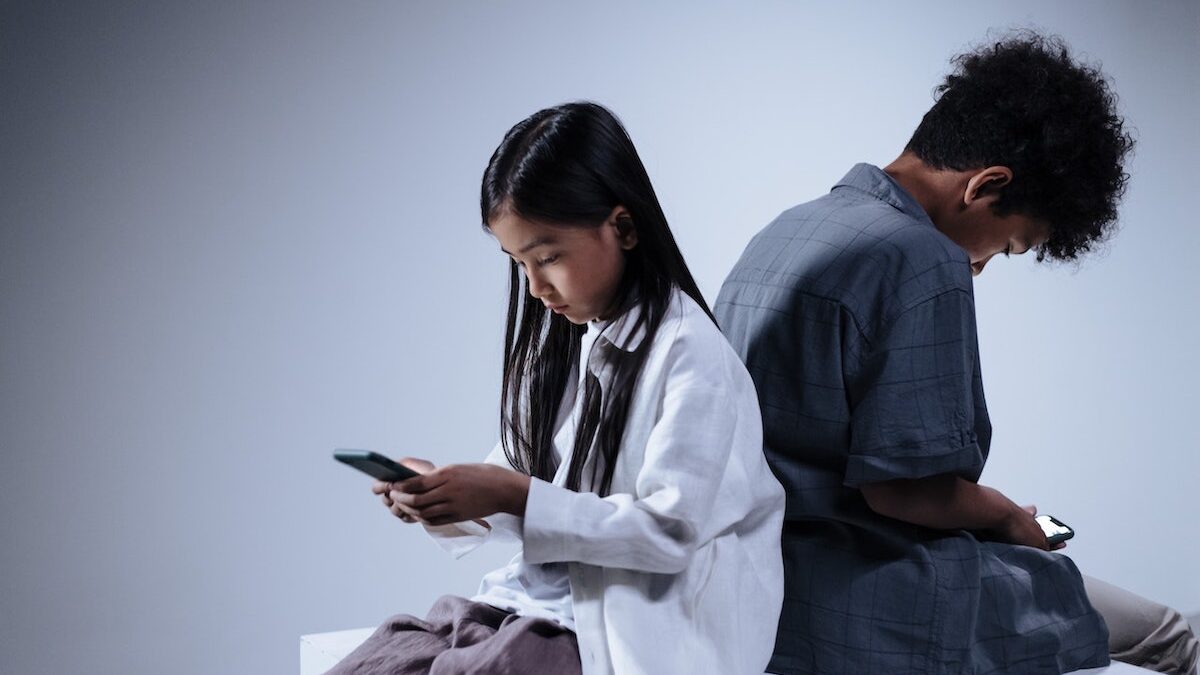New research from not-for-profit, Act for Kids, has revealed that two-thirds of Australians aged 14–17 worry about how they look.
When our kids click open that sunset-hued camera icon on their smartphones, an entire world is opened up. From influencers promoting products to quirky animal videos, the amount of content our brains consume is phenomenal.
Having worked as both a psychologist and within the social services sector for more than two decades, I’ve seen firsthand the role that social media can play in the mental health of young people and how it makes it harder for them to have real conversations with those around them.
In fact, research has shown that habitual checking of social media is actually changing the brains of young people—but we’ll delve into that a little later on.
Selfies, filters and our kids’ brains
Looking back 15, even 10 years ago, teenagers compared themselves to celebrities on the covers of magazines and the stars in their favourite films. These days, not only are young people comparing themselves to celebrities, but to the perfectly curated, filter-heavy content of millions of people they’ve never met across Instagram, TikTok, YouTube and more.
In an era of selfies and filters, the unrealistic standards that young people are trying to live up to needs to be addressed, as well as the lengths some are going to, to change their appearance in the hopes of getting more “likes” or growing a following on their own personal social media accounts.
We know that social media can be addictive, but thanks to a recent study we’ve been able to see exactly what regular social media use is doing to the brains and cognitive development of young people. Research now suggests that the habitual checking of social media can cause children and teenagers to become hypersensitive towards feedback from their peers.
Because of the infrequency of likes, comments and shares, young people can become conditioned to check their apps constantly in order to get external validation which the brain sees as extremely rewarding.
In contrast, when young people don’t receive an influx of likes and comments, it can cause them to have self-doubt or in some instances it can lead to developing insecurities and long-term mental health worries.
Research from not-for-profit, Act for Kids, has also revealed that two-thirds (66%) of Australians aged 14–17 worry about how they look, with two in five (40%) admitting they don’t talk to anyone when they feel worried.
What can parents do?
For parents, we know sometimes it can be challenging to start valuable open and genuine conversations with your child about what’s on their mind. Here’s some tips:
- Go beyond the surface by asking open-ended questions.
- Remind them that you’re there to listen and not necessarily trying to fix the problem.
- Offer to spend time together and let them choose how they’d like to spend it by asking them. This gives young people a safe sense of control and lets them know you’re actually interested in spending time with them.
- Put down your phone to be fully present and tune in to what’s really going on.
Small talk leads to big talk, so even if they don’t have much to say, keep at it over time. Incidental moments like driving home in the car, cooking dinner or walking the dog can also be a great time for casual chats which may lead to more meaningful conversations, including sharing anything that might be worrying them.
Remember, not every child or young person finds it easy to open up and discuss what’s on their mind with an adult. So, learn to communicate in a way that suits them. If they like to text, use this channel to start conversations and don’t be afraid to use GIFs or memes, just to let them know you’re thinking of them.
More on tech use for kids
How helpful was this article?
Click on a star to rate it!
0 / 5. 0
Be the first to rate this post!
Dr Katrina Lines
Related posts
Subscribe
Receive personalised articles from experts and wellness inspiration weekly!

